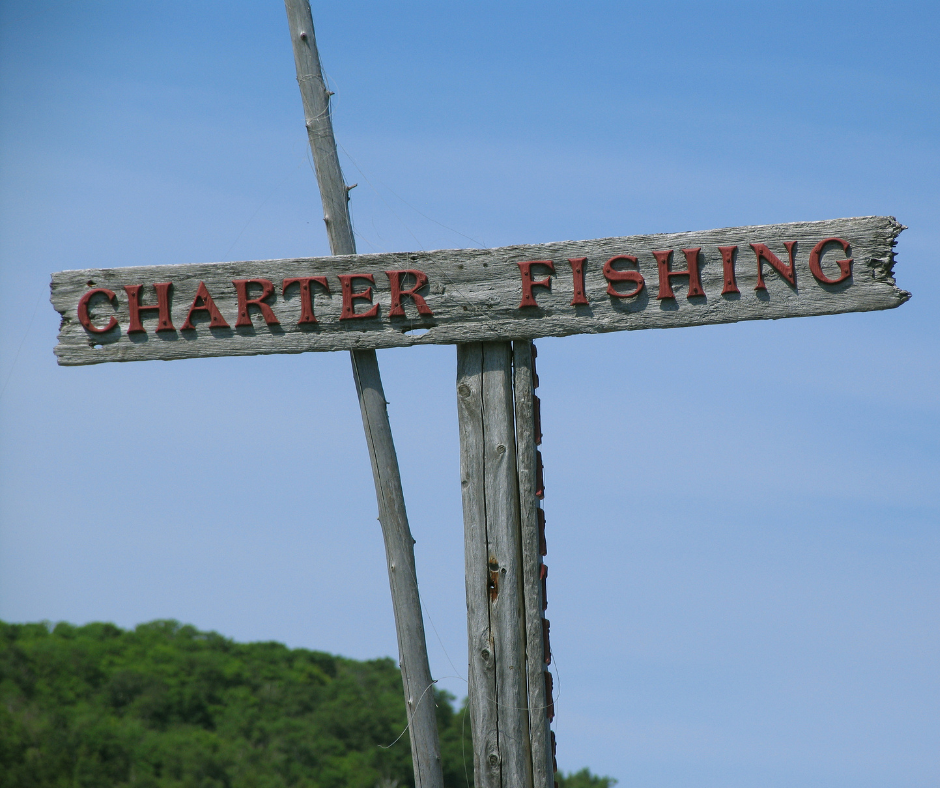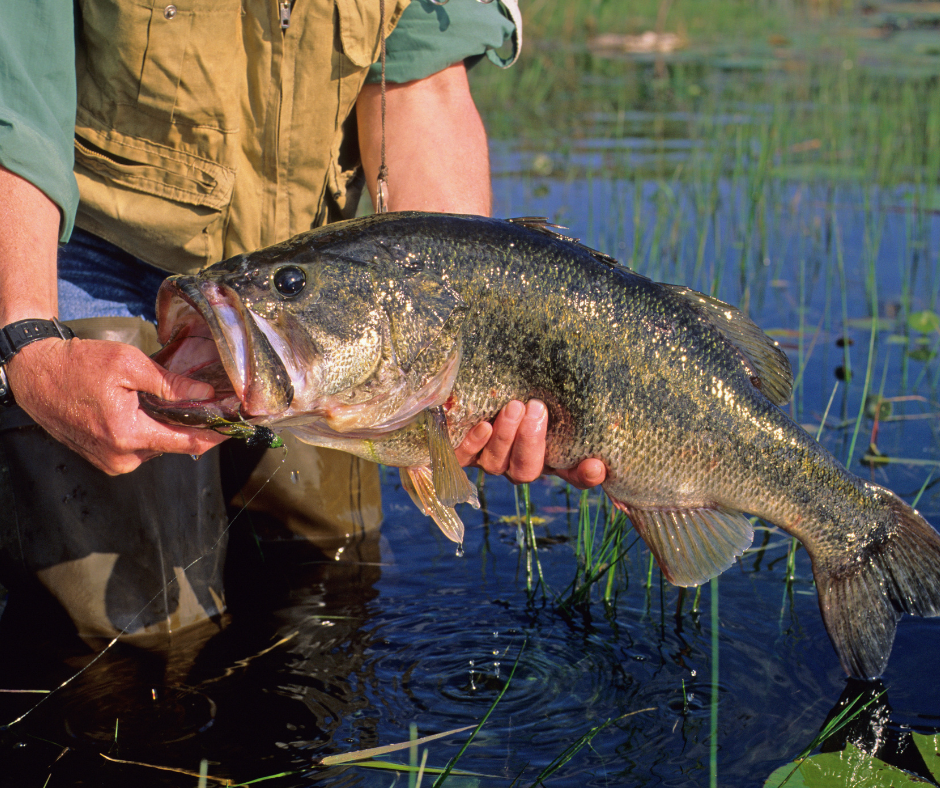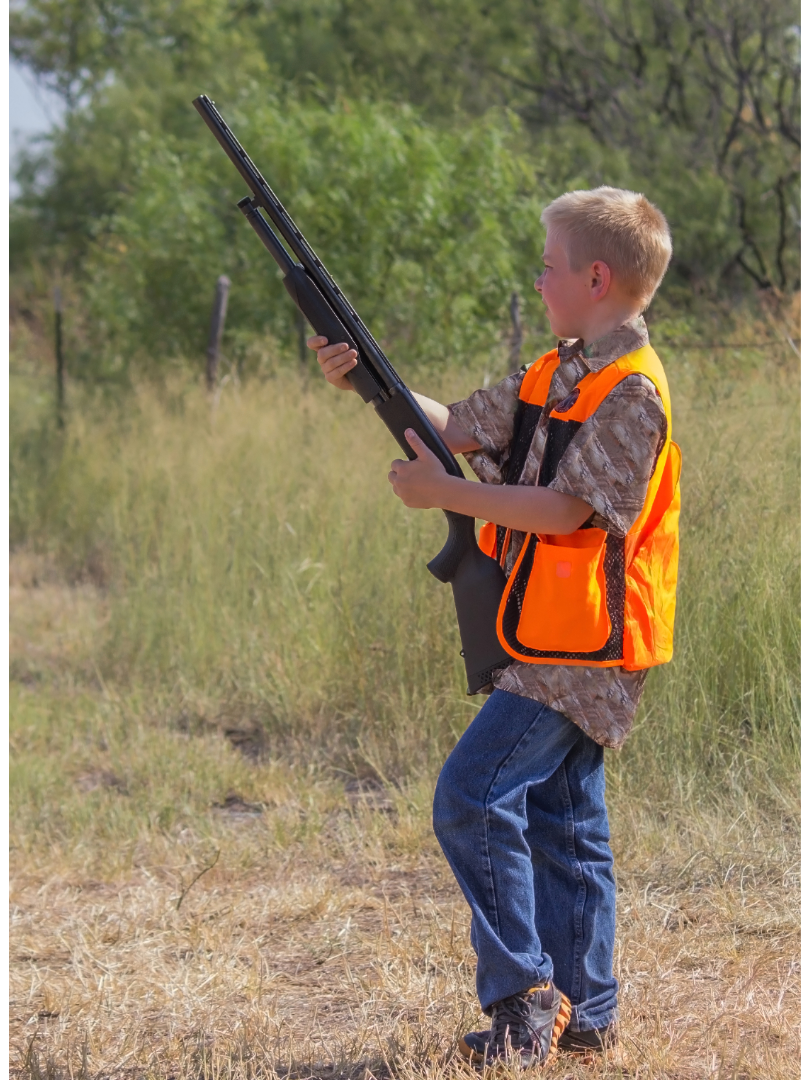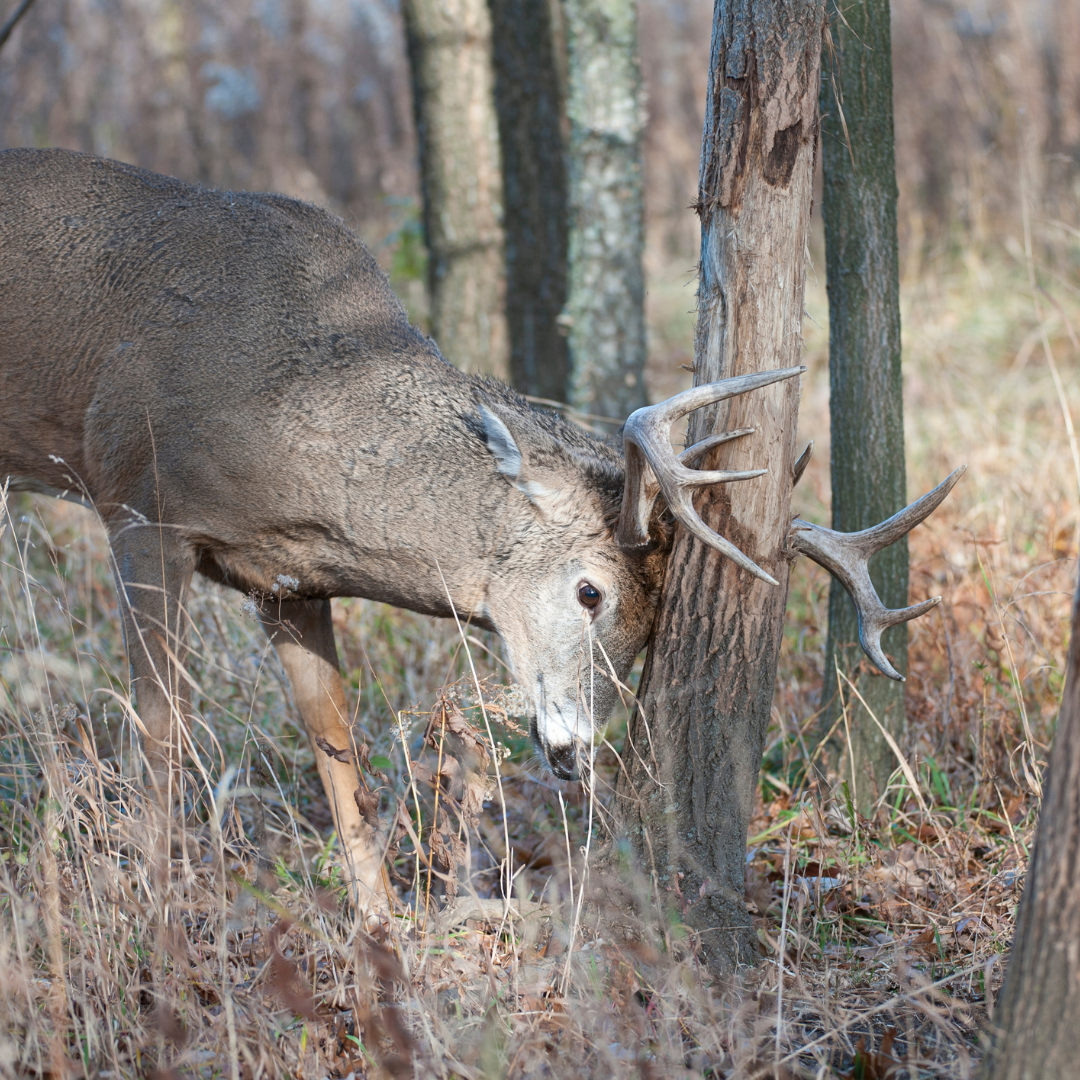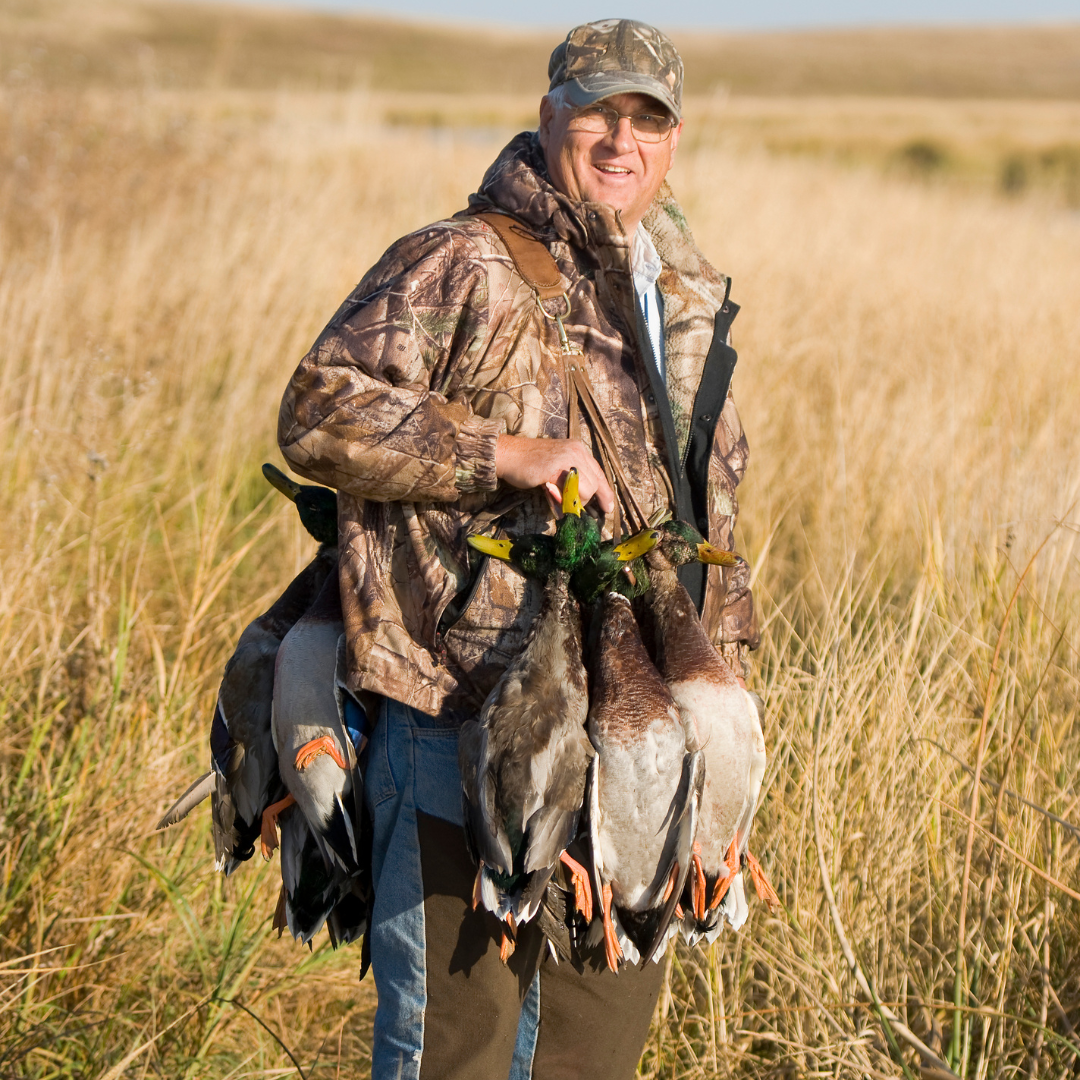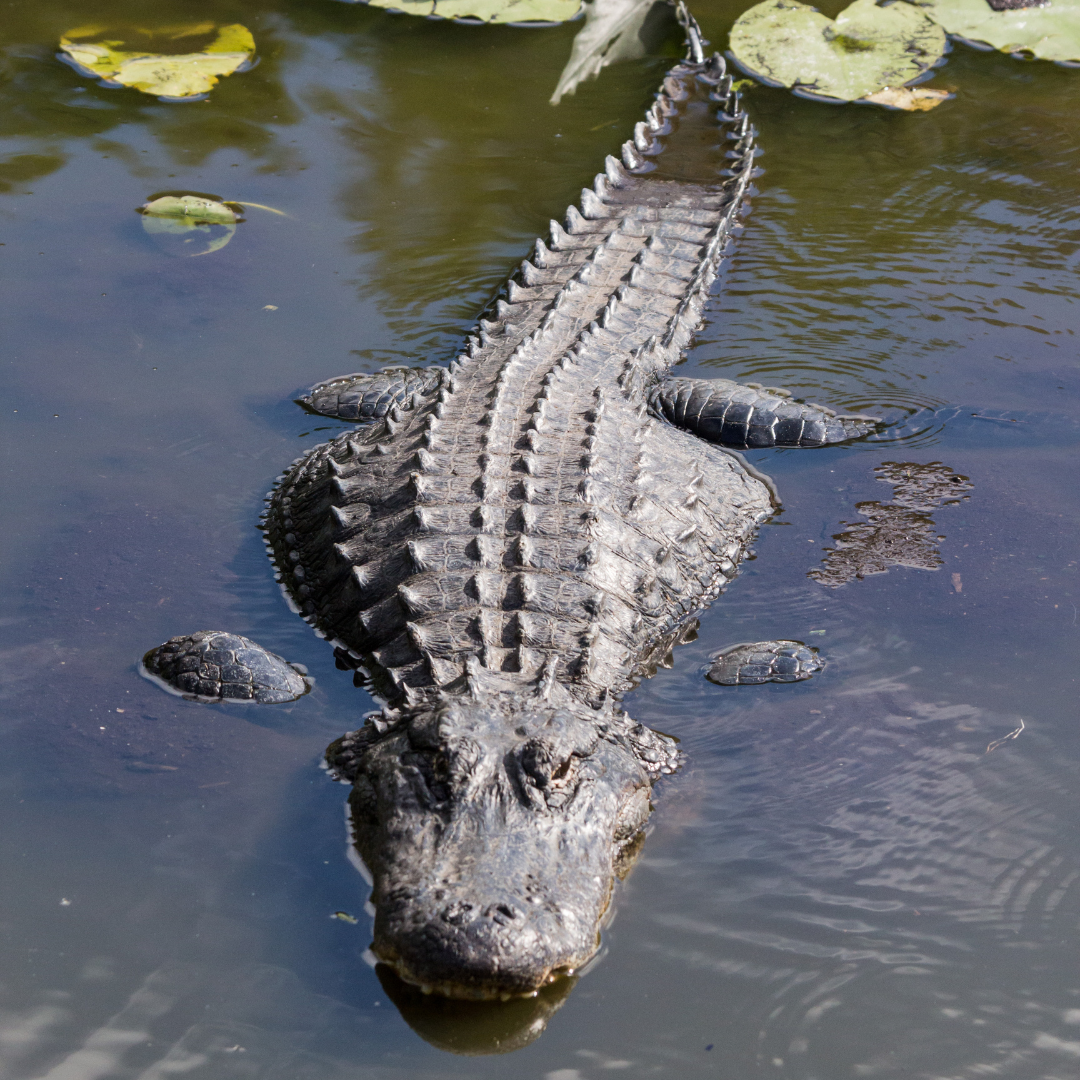The Thrill of the Hunt: Pheasant Hunting
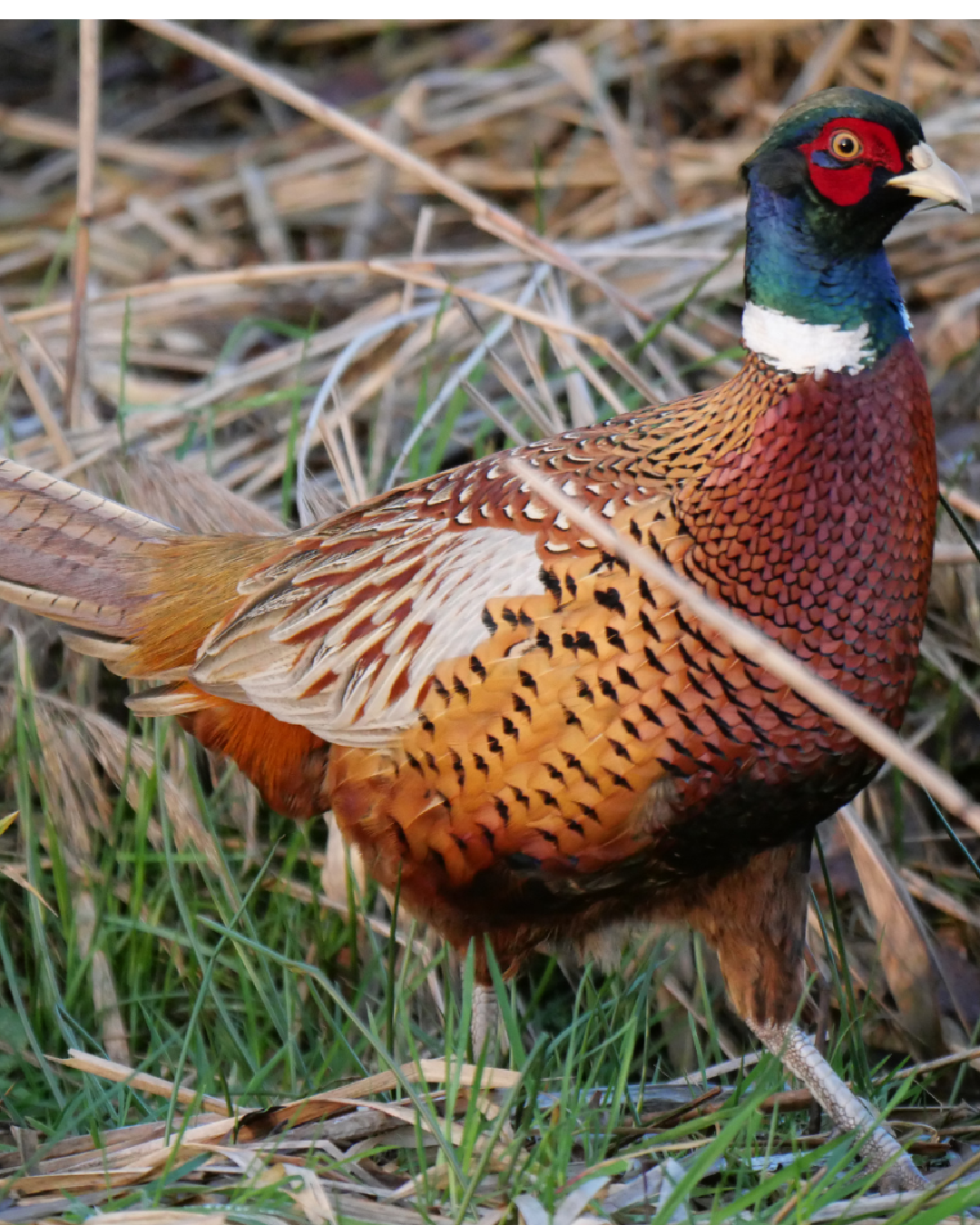
Pheasant hunting is a beloved outdoor tradition, blending the beauty of nature with the excitement of the chase. This exhilarating sport combines marksmanship, skilled hunting dogs, and a deep appreciation for the great outdoors. In this article, we'll explore the world of pheasant hunting, from its rich history to the essential equipment and tactics that make it a favorite among hunters.
The History of Pheasant Hunting:
Pheasants are native to Asia but were introduced to North America in the 18th century. Since then, they have become a popular game bird, particularly in regions with suitable habitat. Pheasant hunting, originally a European aristocratic pastime, has evolved into a sport enjoyed by people of all backgrounds. Today, hunters across the United States, Europe, and other parts of the world eagerly await pheasant hunting season.
Understanding Pheasants: Pheasants are known for their striking plumage, with males, known as roosters, displaying vibrant, multicolored feathers. They are ground-dwelling birds often found in fields, grasslands, and the edges of woodlands. Pheasants are prized not only for their beauty but also for their challenging and elusive behavior, making them a sought-after quarry for hunters.
Essential Equipment: Shotgun: Pheasant hunters typically use 12 or 20-gauge shotguns, chosen for their versatility and range they provide. Over-and-under and side-by-side shotguns are popular choices.
Ammunition: Commonly used shotgun shells for pheasant hunting include No. 4, No. 5, or No. 6 shot sizes. The choice depends on personal preference and hunting conditions.
Hunting Dogs: Well-trained hunting dogs, such as pointers, setters, and retrievers, are invaluable assets. They help locate and flush out pheasants, making the hunt more efficient.
Hunting Clothing: Dress appropriately in camouflage or earth-toned clothing to blend into the surroundings. Comfortable, waterproof boots are also essential.
Blaze Orange: To ensure safety, hunters often wear blaze orange vests or hats to be visible to other hunters.
Pheasant Hunting Techniques:
Scouting: Familiarize yourself with the hunting area, looking for signs of pheasant activity, such as tracks, feathers, or droppings.
Flushing Pheasants: Use hunting dogs to locate and flush pheasants from their hiding spots. Roosters often escape by flying into the air, creating a thrilling shooting opportunity.
Safety: Always practice safe hunting by being aware of your surroundings, respecting property boundaries, and never taking a shot unless you're sure it's safe.
Aim and Shoot: Pheasants are fast flyers and challenging targets. Lead the bird, aim slightly ahead of it, and take your shot when the timing is right.
Conservation and Sustainability: Pheasant hunting contributes to conservation efforts by funding habitat restoration and preservation. Many hunters are strong advocates for maintaining healthy ecosystems and supporting wildlife populations.
Pheasant hunting is not just a sport; it's a rich and rewarding outdoor experience. It connects hunters with nature, tests their skills, and fosters an appreciation for wildlife conservation. Whether you're an experienced hunter or a beginner looking to explore the thrill of the hunt, pheasant hunting offers a unique and memorable adventure in the great outdoors. So, grab your shotgun, your trusty hunting dog, and get ready for an unforgettable pheasant hunting season.
